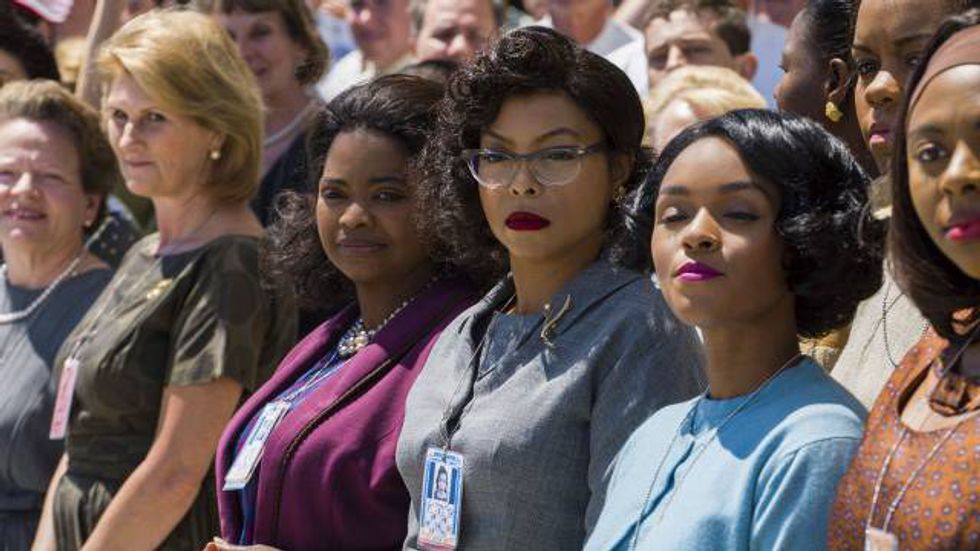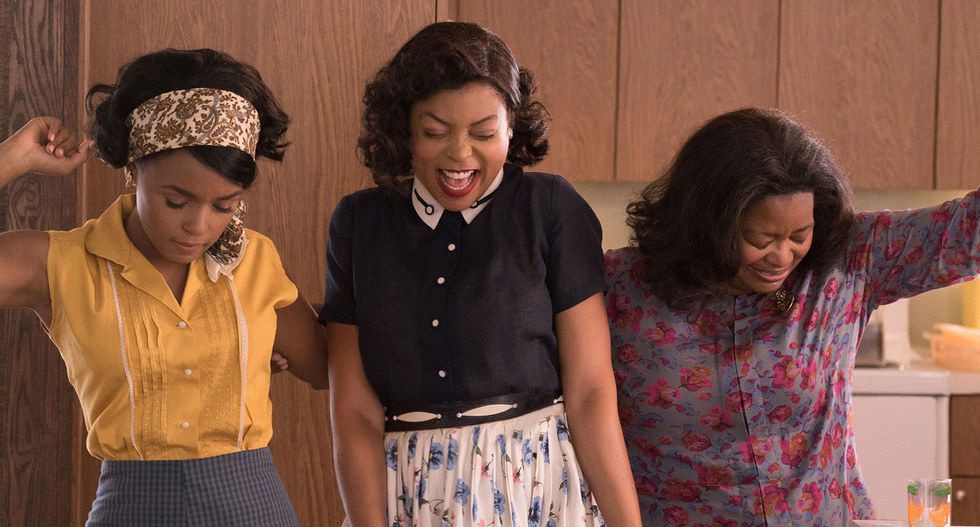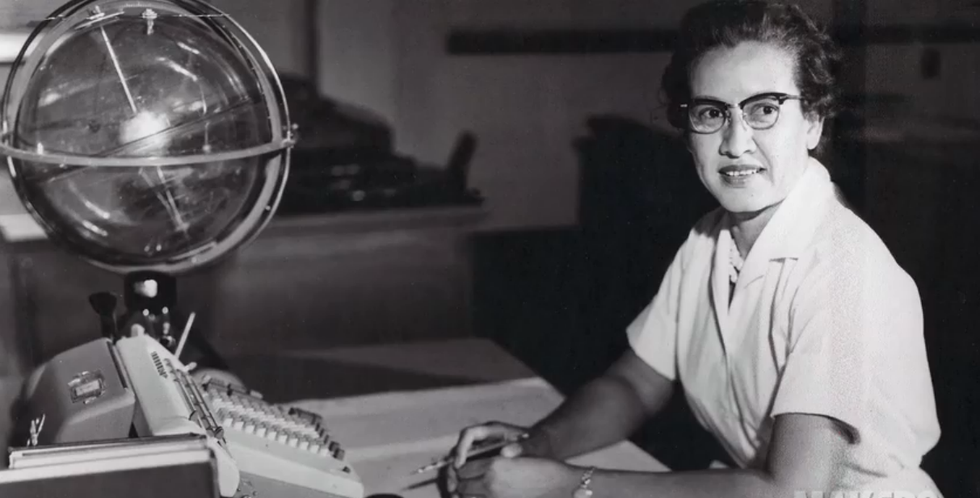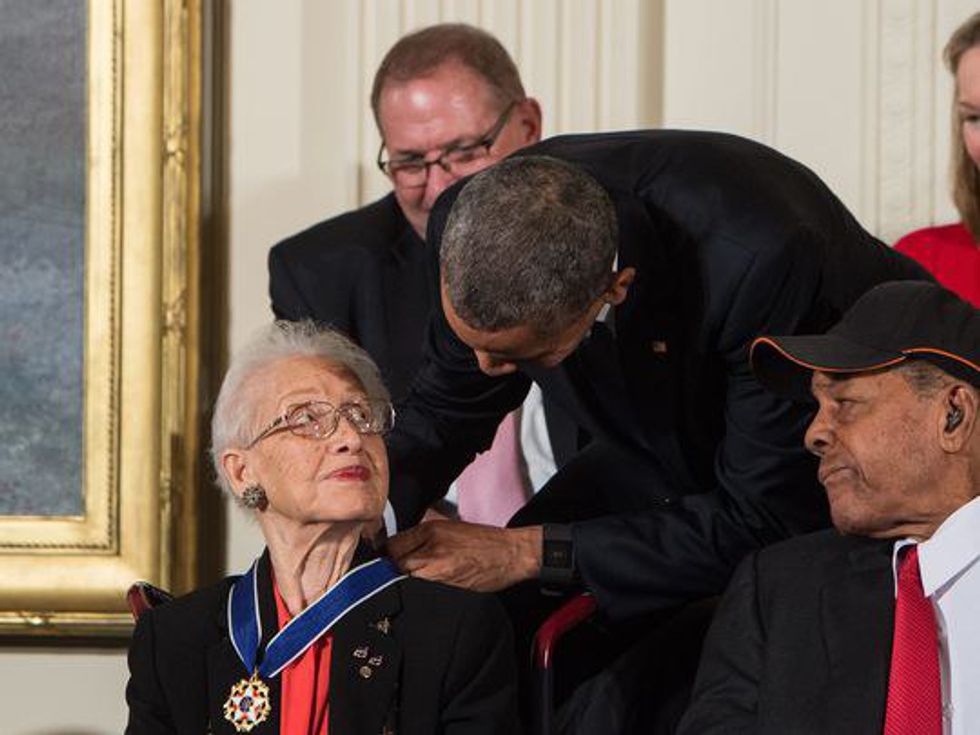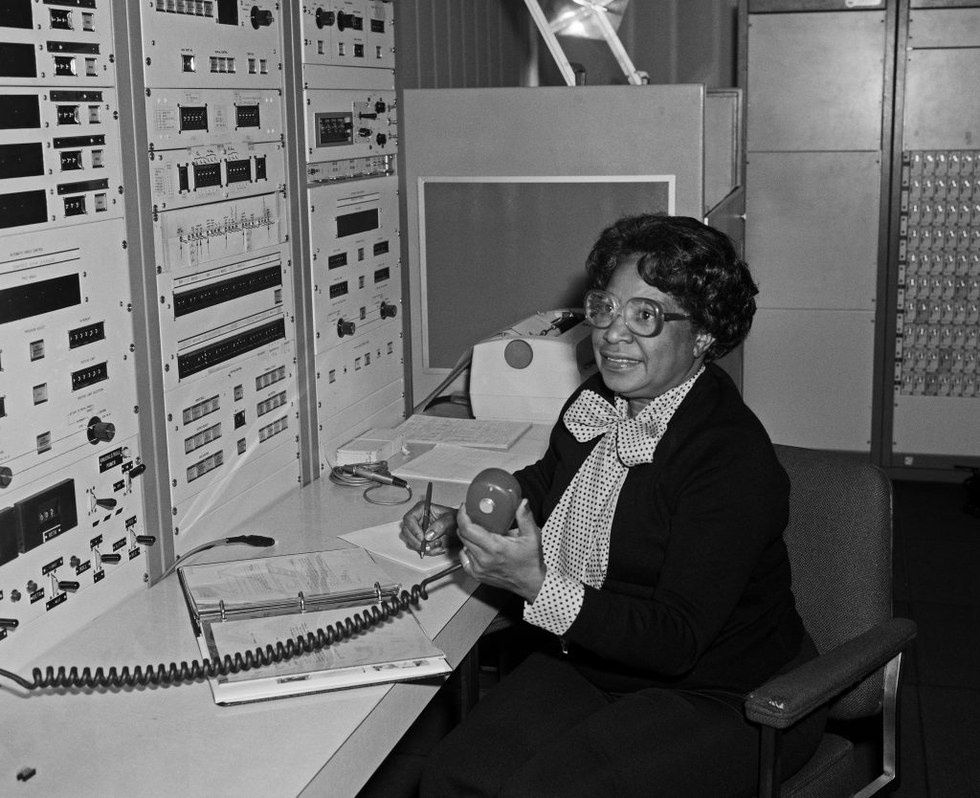I have always had a certain propensity towards history. I always found myself mesmerized by the very foundations that built us... Specifically, Women's History. So much of our culture has been defined by those who have come before us-- solidifying an irrevocable tie between our past and our present. Fox's newest film endeavor, based on the book, by Margot Lee Shetterly, of the same name, "Hidden Figures," calls us to look beneath the surface level facts and bring an audience to the astonishingly true (but unfortunately, often forgotten) story of female African American mathematicians who were invaluable to NASA's space program in the early 1960s.
Katherine Johnson, Dorothy Vaughan, and Mary Jackson (played by their film counterparts, Taraji P. Henson, Octavia Spencer, and Janelle Monáe, respectively) were instrumental in sending John Glenn into space. With their calculations, John Glenn became the first American astronaut to make a complete orbit of the Earth.
These remarkable women climbed over all barriers-- from gender to race discrimination-- in order to make America's early space program a reality. Shaping the very future of NASA itself, making way for all of our present and future advances in space travel, these ladies are the very reason for the success of the American Space Program.
So, before you rush to the cinema to take this one in, let's meet the real life women behind NASA's first manned spacecraft success...
Katherine Johnson
Katherine Johnson, in her youth, can very easily be surmised as 'the girl who loved to count.' "I counted everything. I counted the steps to the road, the steps up to the church, the number of dishes and silverware I had to wash... Anything that could be counted, I did," she said according to NASA.
Johnson always excelled academically, surpassing grade after grade in what one may surmise as 'supersonic speed.' By the time she was ten years old, Johnson was already a freshman in high school, and by the time she was fourteen years old, she was already on her way to college... Not only a considerable modern day feat but even more so for a young woman born in 1918.
After years as a teacher and a stay-at-home mother, Johnson began working for NASA as a 'computer' in 1953. At the time, NASA was looking for African American women for their Guidance and Navigation Department. As a 'computer,' she calculated the trajectory for Alan Shepard, the first American in space. Her calculations were also notably critical to the success of the Apollo Moon landing program and the Space Shuttle program.
On November 24th, 2015, Jackson received the Presidential Medal of Freedom from President Barack Obama for all her extraordinary work and service to the American Space Program.
Dorothy Vaughan
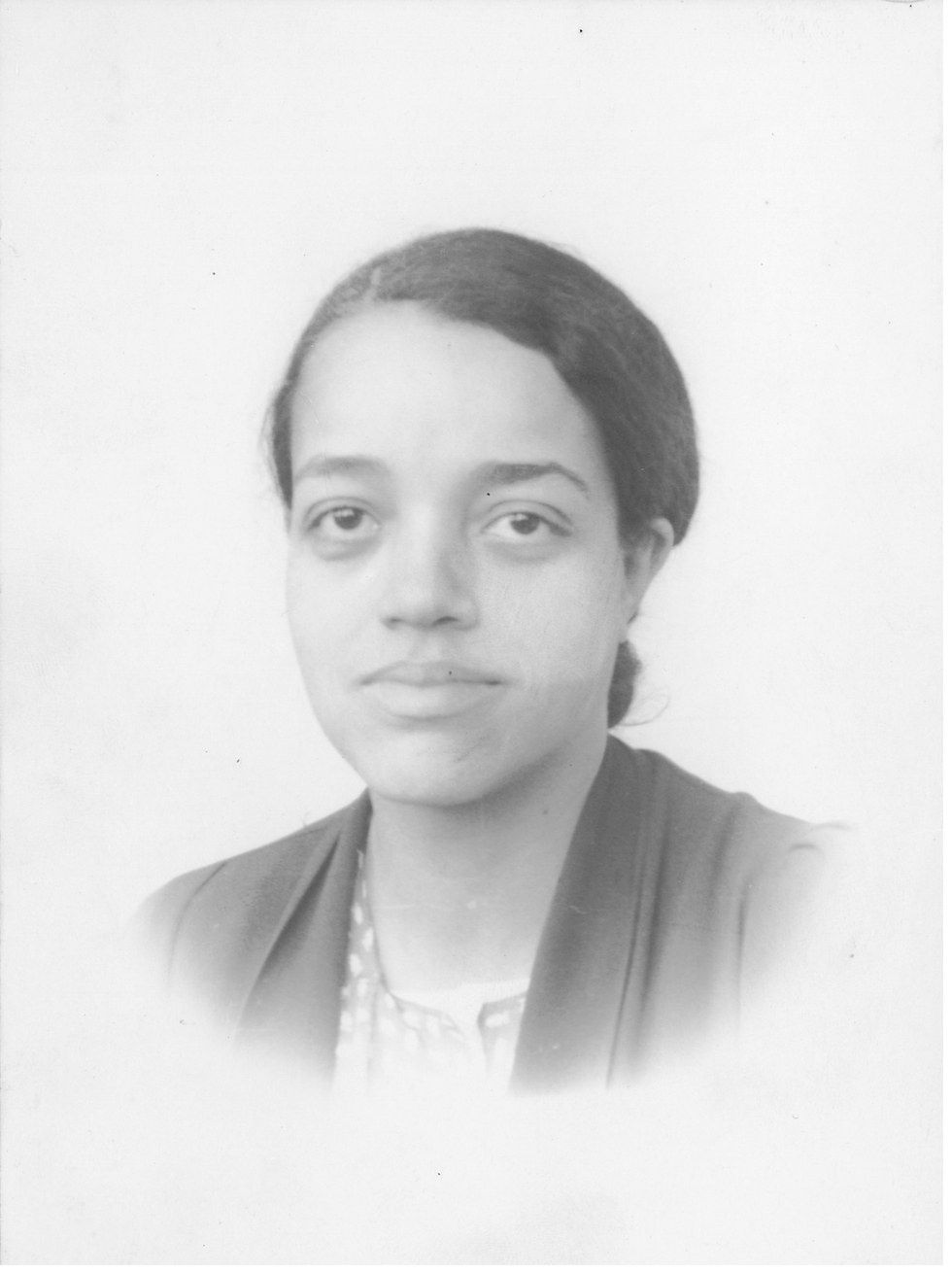
In 1949, Vaughan was promoted to lead the West Area Computing Unit leading to her notability as one of NASA's few female supervisors but most importantly, NASA's first ever African American supervisor.
Mary Jackson
Mary Jackson grew up in Hampton, Virginia and received her Bachelor of Science degree from Hampton University (the Hampton Institute) in Mathematics and Physical Science. After graduation, Jackson was a school teacher in Maryland until she began her life-long career as an engineer with NASA at the Langley Research Center in Hampton, Virginia.
Jackson spent thirty years an engineer, only to decide later on in life to make a career change in order to help other African American women succeed in her field. Jackson applied for an Administrative Professional position, and soon became an Affirmative Action Program Manager and a Federal Women's Program Manager. She initiated numerous changes and brought to the management's attention the accomplishments of many minorities and women, making her instrumental in the hiring of highly-qualified applicants.
